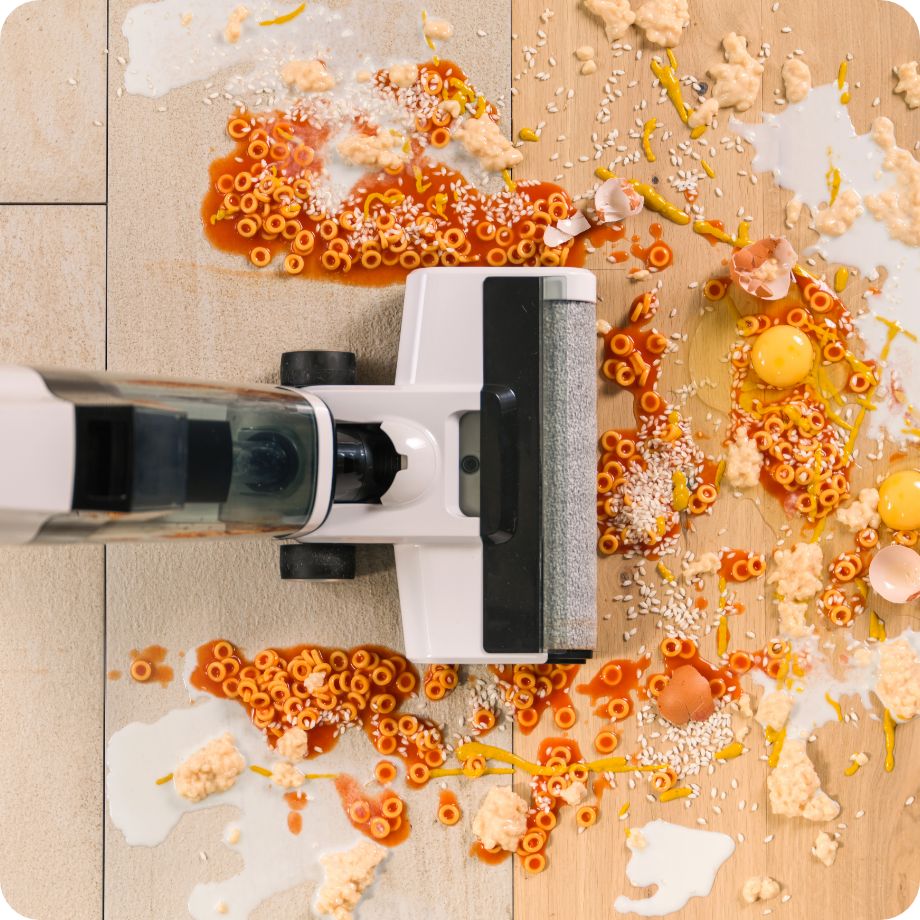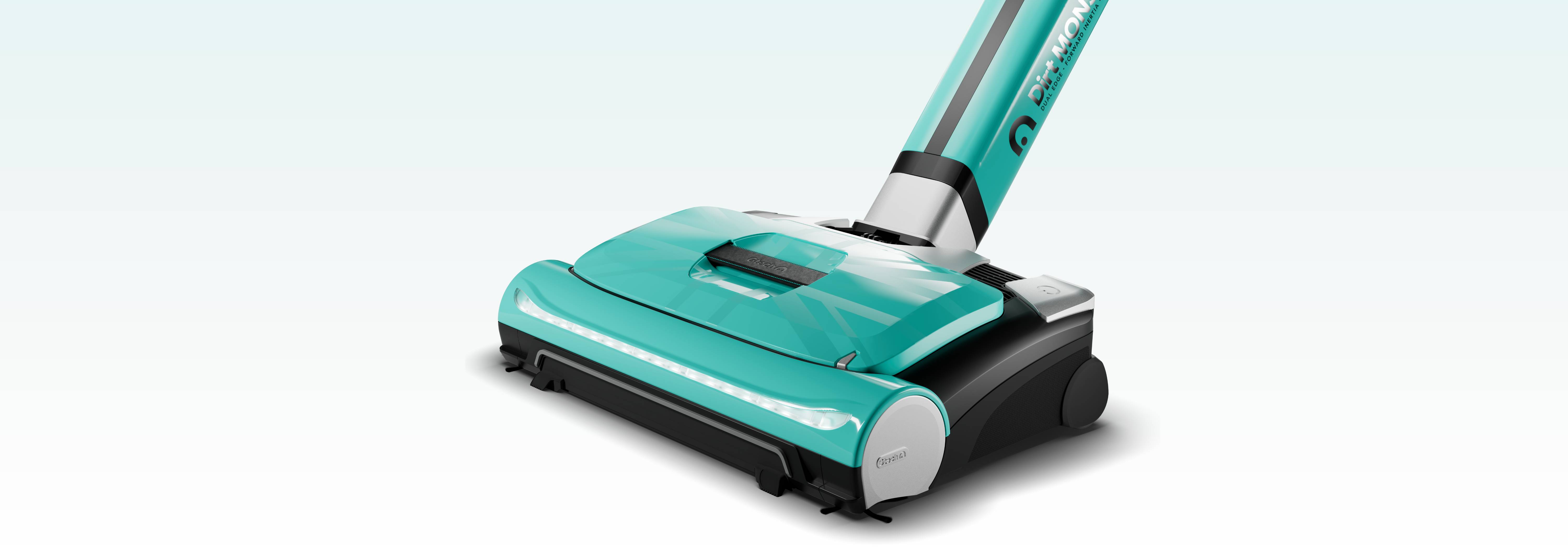We all know the struggle when you’ve been waiting for the perfect moment to mow the lawn. But then, just as your grass starts to look overgrown, the heavens open.
So, this raises the important question: can you cut wet grass?
In this guide, we break down everything you need to know about cutting wet grass, from the risks involved to how long to wait after a rainy spell.
Can you mow wet grass?
Technically, yes - you can mow wet grass. But just because you can, doesn’t mean you should.
Cutting wet grass might seem like a quick solution, especially when the forecast isn’t on your side, but it can create more problems than it solves. That’s because wet blades of grass tend to bend over rather than stand upright, which means your mower won’t make an even cut.
Ultimately, mowing wet grass is possible in some scenarios, but we’d recommend holding off for a dry spell whenever you can.
Why should I not cut grass when it’s wet?
While it’s possible to mow wet grass, there are plenty of reasons to think twice before doing so, including:
1. It’s tough on your mower
Wet grass is heavier and clumps more easily than dry grass, which puts extra strain on your mower. The clippings can clog up the blades and interior of your machine, leading to jams or, worse, long-term damage. Over time, this can affect performance and reduce the lifespan of your prize garden tool.
2. Your lawn could end up damaged
When the ground is soggy, your lawn is more vulnerable to ruts, tears, and compacted soil. Running a mower over wet grass can leave behind wheel tracks and uneven patches that are hard to fix. These dents in the lawn can cause long-term problems, from poor drainage to weak regrowth.
3. It’s a harder and messier task
Let’s face it - mowing wet grass is not the most pleasant gardening job. Wet clippings stick to everything: your mower, your shoes, your patio and, most frustratingly, your clothes. And if you’re using a grass trimmer, those damp bits of grass can end up sprayed all over your legs. Not only does it take more effort, but it also turns a simple mow into a much messier chore.
How long should I wait to mow wet grass after it rains?
After a bout of rain, it’s natural to wonder how soon you can get back out and tidy up the lawn.
And while there’s no one-size-fits-all answer, it’s best to wait until both the grass and soil have had a chance to properly dry out. Rushing out to mow too soon can lead to uneven cuts, soggy clumps of clippings, or even damage to your mower.
Ideally, you want to wait until the grass no longer feels damp to the touch, and the ground beneath isn’t soft or muddy underfoot. This can take anywhere from a few hours on a warm, breezy day to a full 24 hours or more, depending on your soil type and how heavily it rained.
5 tips for mowing wet grass
Sometimes you simply can’t wait for the perfect dry spell. Whether you’re on a tight schedule or trying to get ahead of another downpour, there are a few ways to make mowing wet grass a little more manageable.
1. Check your mower is up to the task
Not all mowers are built to cope with damp conditions. For example, if you're using a cordless lawn mower, make sure it's clean, fully charged, and fitted with sharp blades. A powerful motor and wide-cutting deck - like that on the Gtech CLM50 - can make light work of thicker, heavier grass, even when it’s slightly wet. Just be sure to avoid mowing during active rainfall and steer clear of any visible puddles.
2. Raise the cutting height
When mowing wet grass, it’s best to raise the blade height slightly higher than usual. Longer grass cuts more cleanly in damp conditions and helps prevent clogging underneath the deck. Cutting grass too short when wet can also scalp the lawn or cause unnecessary stress to the plant.
3. Go slowly and steadily
Mowing wet grass requires a little more patience. Taking your time helps prevent your mower from jamming or dragging through clumps. Move in smooth, steady lines and resist the urge to rush - even if rain is on the horizon again.
4. Clear up clumps as you go
As you mow, you might notice wet clippings starting to bunch together. Left sitting on your lawn, these clumps can block sunlight, trap moisture, and create a breeding ground for mould. If this happens, take a break to rake them up or empty your mower’s collection bin more frequently than you usually would.
5. Clean your mower afterwards
Once you're done, take the time to clean your mower properly. Wet grass has a habit of sticking to the blades, deck and wheels. Leaving it to dry on your equipment can affect performance over time. A quick wipe down or rinse (following your mower’s care instructions) will help keep everything in good working order for next time.
Now you’re fully clued up on mowing wet grass, you’ll be able to make the right call when the weather takes a turn. Whether you decide to wait for the lawn to dry or press on with care, having the right tools at hand makes all the difference. Gtech’s cordless lawn mowers are designed to give you powerful, reliable results - rain or shine.
For more practical gardening advice, from composting tips to hedge trimming know-how, explore the full Gtech blog. Alternatively, head over to our gardening range and discover tools that help you get the job done, whatever the weather.




